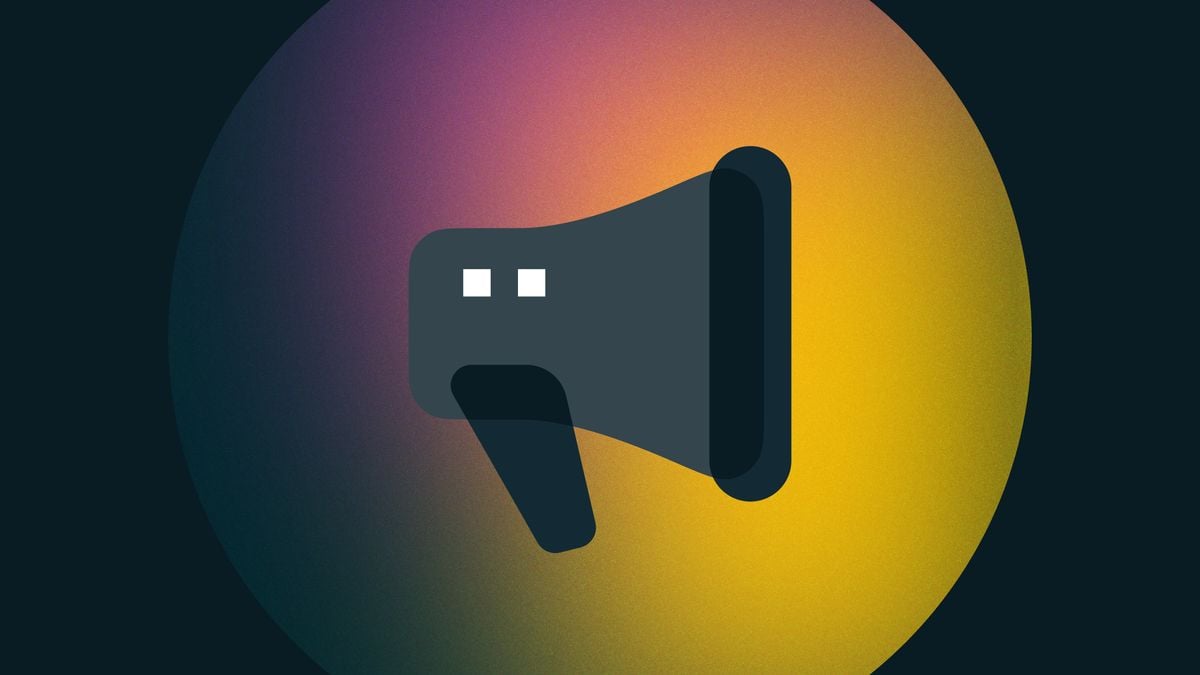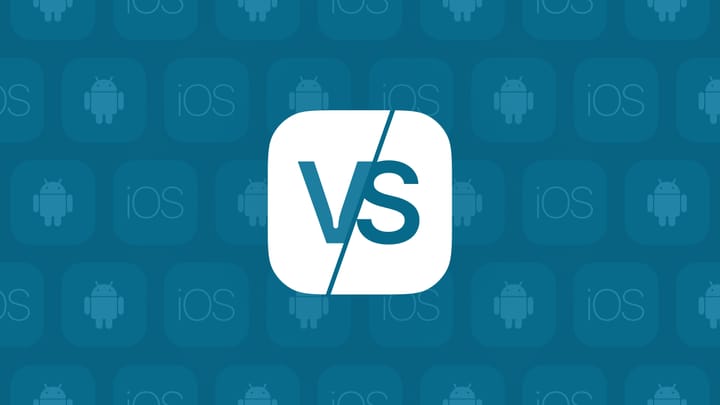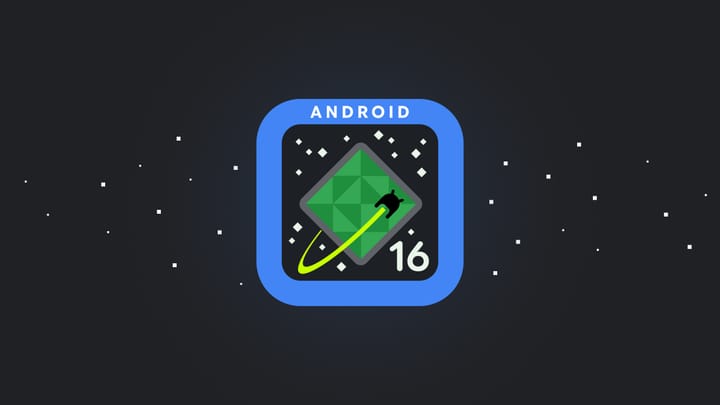Yearly Android SDK updates: What You Need to Know

Every year, Android requires an SDK update for apps to uphold its security and user experience (UX) standards. The deadline for this year's app updates to target at minimum API Level 33 is the 31st of August, but an extension is available until the 1st of November.
For example, a fresh mandate dictates that updated apps must request permission for individual media types, rather than a single, overarching permission for external storage. This ensures more nuanced access to user storage https://developer.android.com/about/versions/13/behavior-changes-13 .

These steady updates serve two primary purposes: setting requirements for new and existing apps and ensuring outdated app versions are phased out from the Google Play Store.
Implications for your app
Existing apps
- Apps without new updates need to target API level 31 or above to appear in Google Play searches. Although pre-existing users will still find and use your app, new users won't find apps targeting API level 30 or lower.
- If your app should stay visible in the app store and is below API level 31, it's time for an upgrade to minimum API level 31 or API level 33.
Updated apps
- Updates to pre-existing apps should target at least API level 33. After the 31st of August, and including the extension to 1st November, uploading app bundles that target an API level below 33 will be prohibited on the Play Store. This stipulation has been in place for new apps since the beginning of August.
Exceptions
- These SDK requirements don't apply to persistently internal apps meant exclusively for a specific organisation https://support.google.com/googleplay/android-developer/answer/11926878?hl=en .
Leveraging our experience from the development of over 100 apps, rely on us for smooth SDK transitions and expert guidance for all your app endeavors.
Your Happy Heroes



